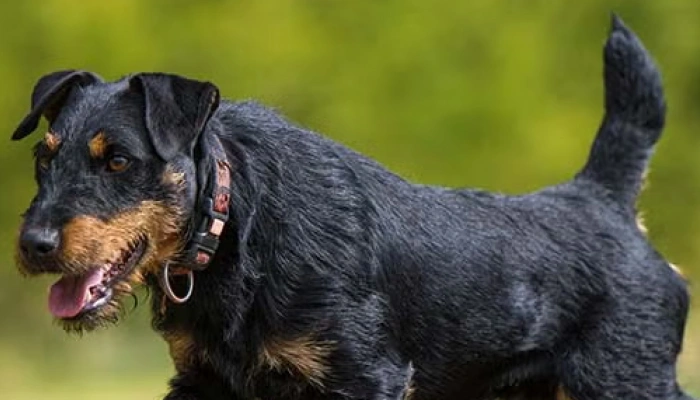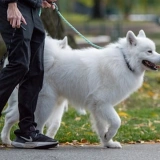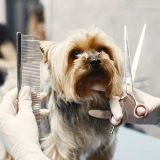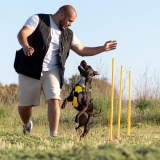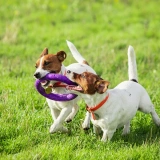The Jagdterrier is fearless, intelligent, and tireless. It was bred for performance, not as a lapdog, and thrives when it has regular outlets for its energy and instincts. Without enough mental and physical activity, this breed can become destructive, noisy, or reactive.
Training must be firm, fair, and consistent from an early age. While highly trainable, the Jagdterrier has a strong independent streak and requires clear leadership. Socialization is crucial, particularly with other animals, as this breed has a strong prey drive.
Their weather-resistant coat comes in smooth or rough varieties and is low-maintenance but benefits from occasional brushing.

